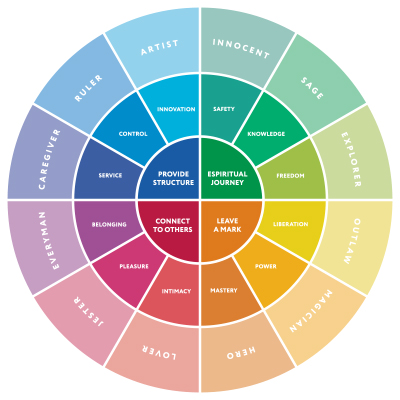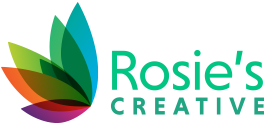
A Rainbow of Emotion: The Power of Color
 Making an Emotional Connection with Color
Making an Emotional Connection with Color
From small businesses seeking an edge amid tough competition, to nonprofits looking to boost engagement and meet their fundraising goals, forging an emotional connection with target audiences is a vital part of marketing today. And key to any business or nonprofit’s efforts to elicit emotion is the skillful use of color.
But how do today’s marketing and design pros choose the right colors to engage audiences on an emotional level? Success hinges on a solid understanding of color theory and fundamental design principles – and of course, a recognition of each client’s market niche and target audience. Let’s go over a few basics…
The Psychology of Color
From urgent reds to calming blues, mysterious purples to conservative browns, every color is rich with symbolic meaning – and designers use their knowledge of color psychology to choose colors that will resonate with audiences and evoke an emotional response.
The symbolic meaning of a given color may differ from one industry to another, as well. Take green, for instance – a financial advisor might use it in their marketing to symbolize wealth and status, while a restaurant or grocery store might use it to suggest natural ingredients or healthy eating. This is just one example; many colors have multiple meanings depending on context.
Understanding Your Audience
While color psychology provides a good foundation for choosing the right colors, it’s also essential to know your audience. Studies have shown differences in how people react to color depending on age, gender, and cultural background – and a good designer will take this into account when targeting a specific audience.
For example, cheerful yellow is a popular color among children and young adults, but many older people tend to find it off-putting or even cheap. White is another terrific example – in Western cultures, it represents purity, peace, or innocence, but in many Asian cultures it symbolizes death and mourning. So, it pays to know your audience, and choose colors wisely!
Rounding Out Your Color Scheme
From the soothing elegance of a monochromatic color scheme, to the high contrast and tension of complementary colors, the right color scheme makes a big difference when it comes to conveying meaning and evoking emotion.
Many designers will use what’s known as the “60-30-10 Rule” to build a balanced color scheme – the main color makes up about 60% of the palette, with a secondary color making up 30%, and a third color used as an accent making up the final 10%. Making bold choices with secondary and accent colors can help create a distinct palette that sets your brand apart, even if your choice of a more conventional main color keeps you grounded in your industry.
From posters and flyers, to website design, mobile apps, product packaging, and so much more, the right color scheme is crucial to reinforcing your brand and creating that all-important emotional connection with target audiences. And here at Rosie’s Creative, we’ve got the skills and experience to help you craft the perfect palette to set your business or nonprofit apart from the pack.
